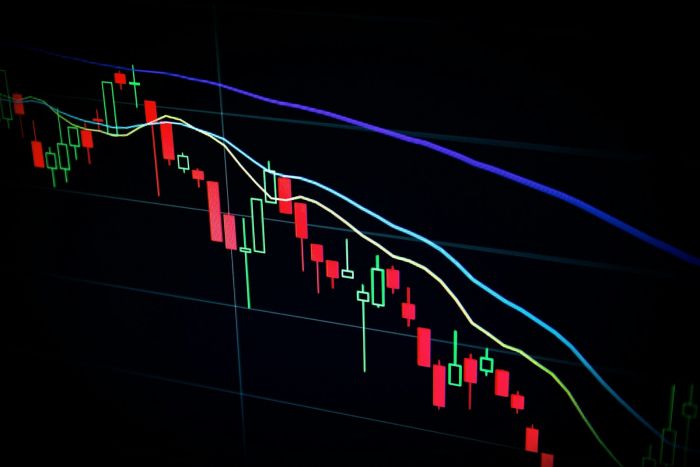In crypto trading, speed is very important. Even a delay of just a few milliseconds can cause lost chances. Traders depend on instant execution to increase profits and reduce losses. Exchanges that experience slow order processing can quickly lose users to competitors offering faster platforms. The need for high-speed transactions is greater than before, and not being able to fulfill these desires may result in reduced liquidity and lower trading volumes. To maintain competitiveness, it's vital to upgrade the infrastructure for ultra-low latency.

Modern crypto exchanges need cutting-edge technology. For example, SEI is a Layer 1 blockchain built for high-speed trading; it optimizes transaction processing to reduce delays. The SEI Ecosystem includes tools for instant finality and efficient order matching. These features help exchanges execute trades faster. As a result, traders experience lower slippage and better market efficiency.
Beyond SEI, other technologies also contribute to reducing latency. Layer 2 scaling solutions like rollups and state channels assist in processing transactions off-chain before they conclude them on-chain. This helps reduce congestion while boosting throughput. Decentralized finance protocols are adopting advanced consensus mechanisms like proof-of-stake (PoS) and delegated proof-of-stake (DPoS); these methods speed up validation times. Optimized smart contracts, designed with gas efficiency in mind, further enhance transaction speed while reducing costs. By integrating these solutions, crypto exchanges can significantly improve trading performance and user satisfaction.
A crypto exchange needs a strong network setup. Direct links with liquidity providers cut down the number of hops between servers. Private lines and colocated servers help reduce delays to the minimum level possible. Exchanges should also use content delivery networks (CDNs). These networks optimize data flow for global traders.
Matching engines decide how quickly trades get carried out. If a system is outdated, it can create bottlenecks. Switching to a multi-threaded matching engine enhances performance levels. Memory-efficient algorithms make the processing of orders quicker. The use of in-memory databases reduces further response time. These advancements guarantee the smooth execution of orders.
Software alone cannot reach ultra-low latency. Specialized hardware such as field-programmable gate arrays, or FPGAs, are able to improve the performance. They manage market data with minimal delay time. Graphics processing units (GPUs) also support carrying out tasks simultaneously. Such technologies aid exchanges in keeping their lead within high-frequency trading landscapes.
Smart order routing (SOR) guides trades to the most advantageous marketplace. It guarantees that traders receive the optimal execution price. SOR systems powered by AI assess liquidity conditions instantaneously. These systems revise routing strategies in response to changes in the market. Exchanges that are utilizing advanced SOR witness enhanced speed of trade execution.
APIs link traders to exchange services. When we decrease latency in API calls, it enhances user experience. It is suggested that exchanges should utilize WebSocket APIs rather than traditional REST APIs. WebSockets give updates in real time without repeated requests. Optimizing API endpoints also reduces how much time it takes to respond. These modifications make trading smoother.
Security is very important for crypto exchanges, but it should not make transactions slower. Advanced ways of coding data help keep user information safe while also keeping the speed high during processing. Using improved methods to check users' identities, such as scanning biometrics and using hardware security modules (HSMs), can improve security without causing latency spikes. By incorporating safety measures efficiently in the infrastructure, exchanges keep up both speed and security.
In order to keep extremely low delay, exchanges need continuous monitoring. Performance analytics tools assist in identifying possible decreases in speed on the spot. The traffic is evenly distributed by automatic load balancing, thus avoiding any congestion points. Frequent updates and enhancements of the system make sure that trading platforms remain competitive. By constantly improving operations, exchanges can provide traders with an optimal experience.

For modern crypto exchanges, ultra-low latency is essential. Speed is increased by advanced solutions like improved matching engines and network infrastructure optimization. Performance is further improved by smart order routing and hardware acceleration. Exchanges provide a smooth experience for traders by cutting down on API latency. Speed will be crucial in the future of cryptocurrency trading, and staying ahead of the curve requires modernization.
Be the first to post comment!